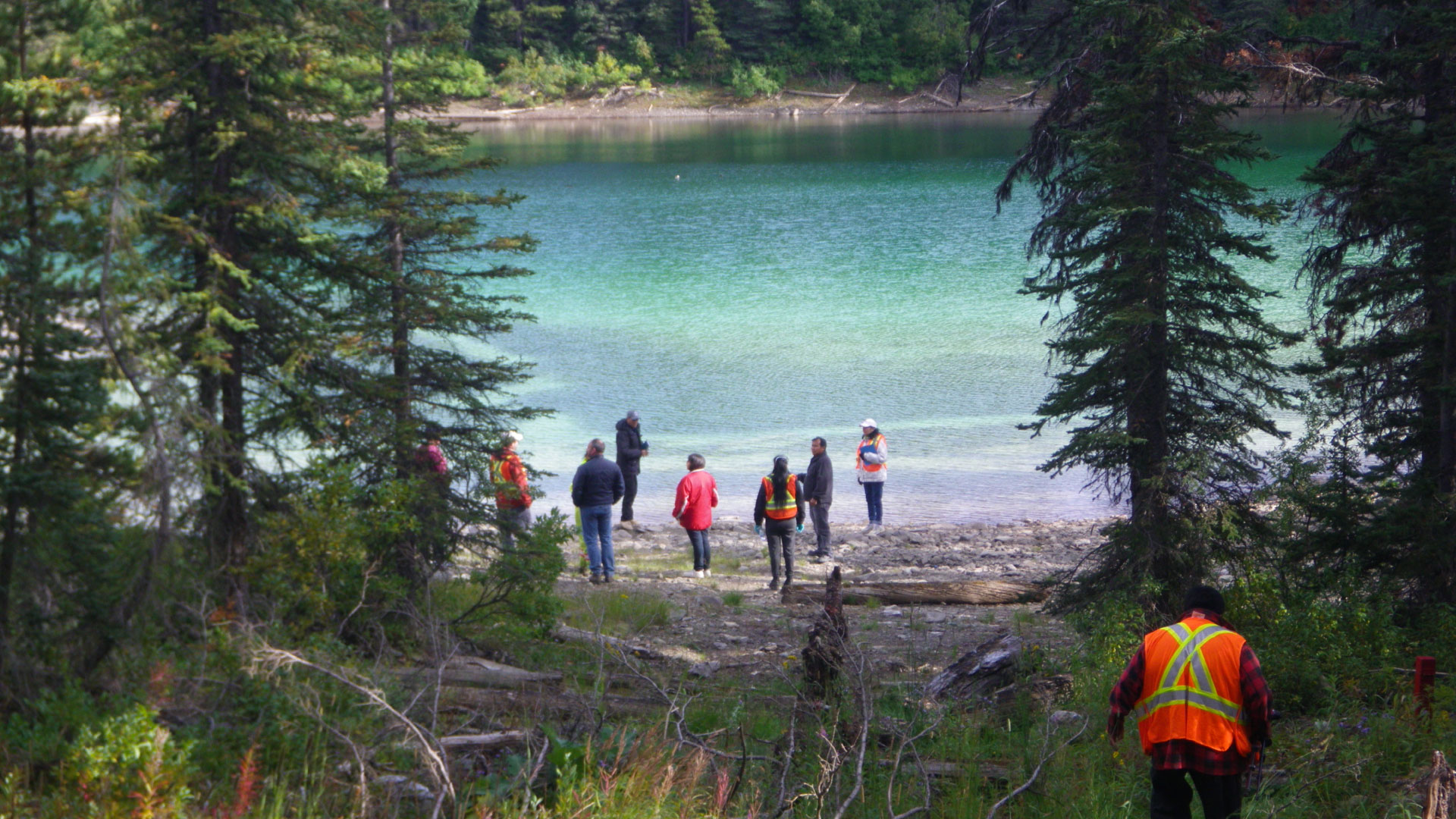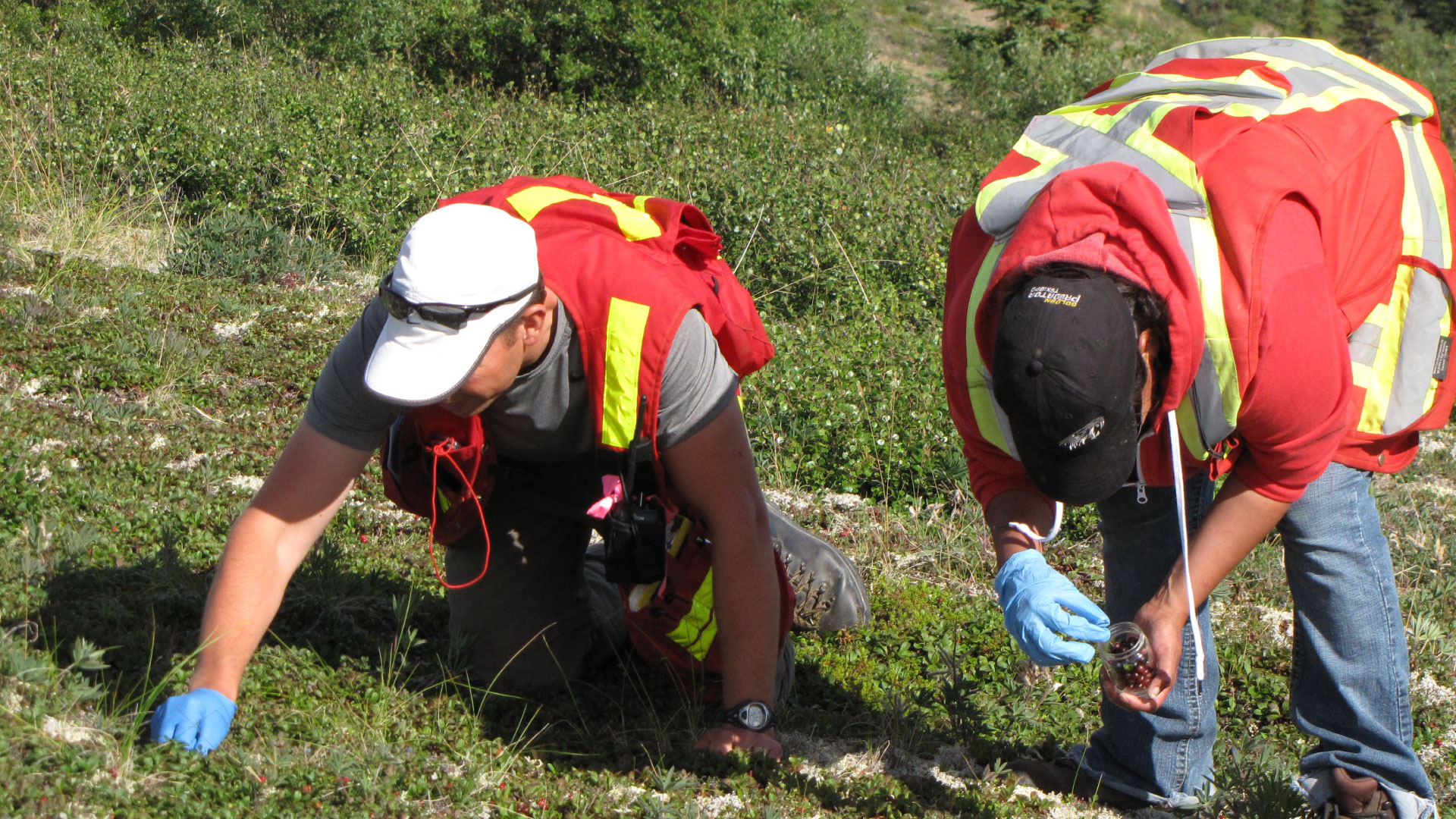Communication & Facilitation
Creating Perspectives to Make Progress and Support Exchange
Given our strengths in contaminant risk communication and regulatory policy, Azimuth is often relied on to engage with, listen, and reflect project findings to communities, the public, regulatory agencies, stakeholders, and Indigenous rights holders. This engagement process allows diverse perspectives to be considered when evaluating contaminant risks and making risk management decisions. In particular, we foster settings where Indigenous ways of knowing are valued.
Azimuth seeks difficult and challenging projects that suit our skills and services – projects that use the latest science and benefit from clear communication.
We are often hired for projects that ask big questions.
What kind of evidence is needed to make management decisions for challenging problems?
How can that evidence be evaluated in a defensible way that engages those involved in taking difficult decisions?
What are the perspectives held by Indigenous organizations?
How can those perspectives be drawn on and support the full participation of communities?
How can we best use available information to develop defensible policies or approaches to a particular problem?
What information is needed to credibly support an application for a new or expanded development, discharge, or activity?
Does the scientific evidence support the present policy on a particular issue?
What are the strategic options and what kind of science would it take to evaluate them?
How can risks be ranked across various sites in a portfolio, so that resources can be allocated appropriately?
Guidance Documents
In addition to communication and facilitation, Azimuth has a history of involvement in regulatory policy and guidance. For example, Azimuth staff have been involved in developing various risk assessment guidance documents.
- Canadian Council of Ministers of the Environment – Ecological Risk Assessment Guidance Document 2020 (based on the 2012 FCSAP document). https://ccme.ca/en/res/eraguidance_e.pdf
- Federal Contaminated Sites Action Plan (FCSAP) – Ecological Risk Assessment Guidance 2012 (through Environment Canada). https://www.canada.ca/content/dam/eccc/migration/fcs-scf/B15E990A-C0A8-4780-9124-07650F3A68EA/ERA-20Guidance-2030-20March-202012_FINAL_En.pdf
- Module 2: Selection or development of site-specific toxicity reference values https://www.canada.ca/en/environment-climate-change/services/federal-contaminated-sites/publications/module-2-election-development-site-specific-toxicity-reference-values.html
- Module 3: Standardization of wildlife receptor characteristics https://www.canada.ca/en/environment-climate-change/services/federal-contaminated-sites/publications/module-3-standardization-wildlife-receptor-characteristics.html
- Module 7: Default wildlife toxicity reference values recommended for federal contaminated sites. https://www.canada.ca/en/environment-climate-change/services/federal-contaminated-sites/publications/federal-contaminated-sites-action-plan-ecological-risk-assessments-guidance.html
- National Contaminated Sites Remediation Control Program ecological risk guidance for Canada, published as CCME guidance
- Risk ranking schemes for site portfolios (e.g., small craft harbours, light stations in Pacific Region, and abandoned mines for the Province of BC)
Our projects reflect the range of our diverse consulting services. We work in the fields of Risk Assessment, Environmental Monitoring & Adaptive Management, Environmental Assessment & Permitting, and Communication and Facilitation. Contact us to discuss your project needs.
Contact Us




